Table of Contents
In the golden age of real-time algorithms, your audience is not just scrolling—they’re scattered, selective, and skeptical.
If you’re still buying media like it’s 2015—manual negotiations, static ad placements, and delayed insights—you’re not just behind the curve. You’re invisible.
Welcome to 2025, where programmatic advertising isn’t the future—it’s the foundation of intelligent media buying.
In this article, we decode programmatic advertising from the inside out: what it really is, how it’s evolving, where it’s headed, and why it’s your unfair advantage in 2025.
What is Programmatic Advertising?
At its core, programmatic advertising is the automated buying and selling of ad inventory in real time using data and AI.
Instead of human negotiations and RFPs, machines do the heavy lifting—they decide:
- When to show your ad
- To whom
- On which platform
- At what price
- With what creative variation
This isn’t just about automation—it’s about precision, personalization, and performance at scale.
In 2025, programmatic is not just a tool—it’s an ecosystem, integrating AI, predictive data, contextual signals, and real-time decisioning.
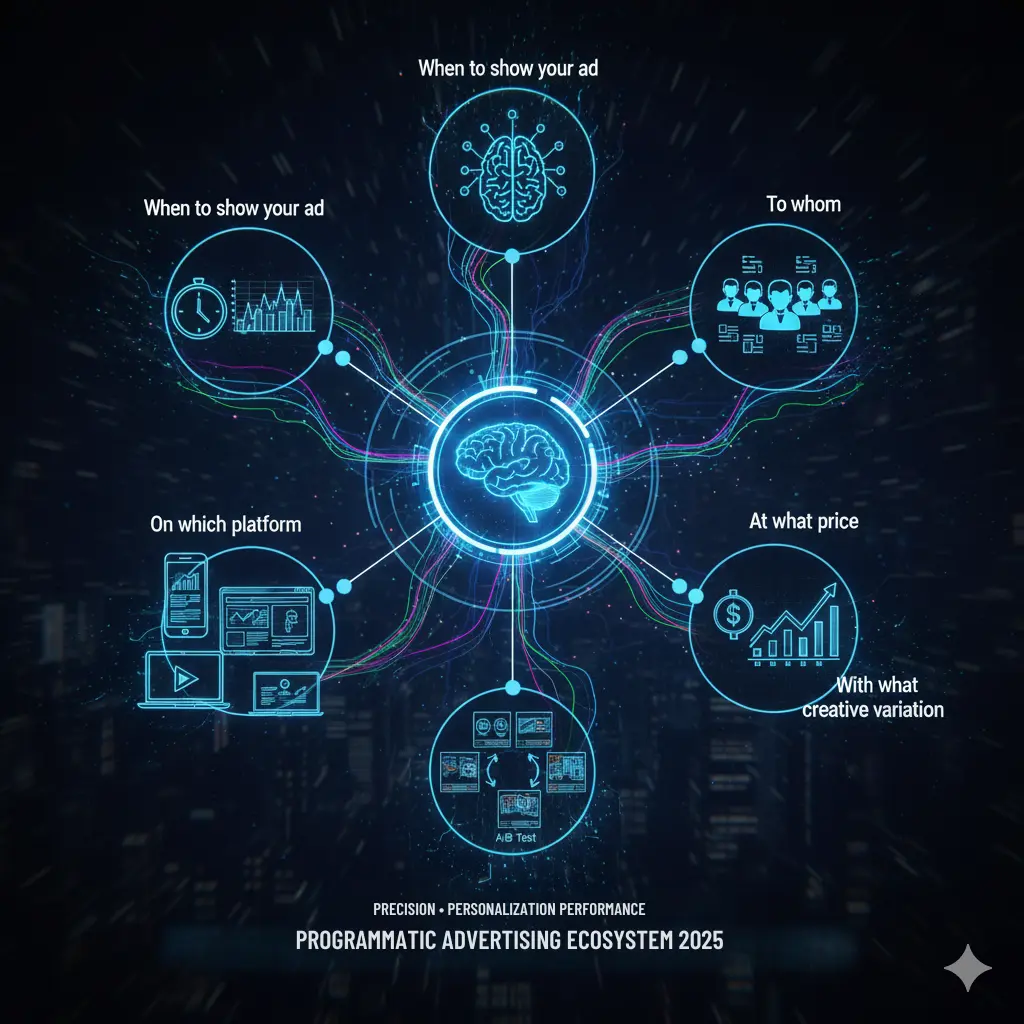
Programmatic vs. Traditional Media Buying: A Reality Check
Let’s break this down—because the difference isn’t just technical, it’s transformational.
| Factor | Traditional Media Buying | Programmatic Advertising |
| Buying Process | Manual negotiations, insertion orders | Real-time bidding & automated deals |
| Speed | Days or weeks | Milliseconds |
| Targeting | Broad demographics | Hyper-specific (geo, behavior, intent, psychographics) |
| Optimization | Static campaigns | Dynamic, AI-led real-time optimization |
| Transparency | Limited visibility | Granular analytics, viewability, placement-level data |
| Creative Delivery | One-size-fits-all | Dynamic creative optimization (DCO) |
Programmatic ≠ Just Display
Today, programmatic spans multiple formats and channels:
- Display banners
- Native content
- Connected TV (CTV)
- Digital Out-of-Home (DOOH)
- Audio ads (Spotify, podcasts)
- Programmatic video
- In-app advertising
2025 Perspective: If your media strategy doesn’t include programmatic, you’re limiting your scale and missing precision across 70%+ of digital inventory.
Why Programmatic Advertising Matters in 2025
1. The Cookieless Era is Here
Third-party cookies have officially been deprecated across Chrome, Safari, and Firefox. Programmatic’s value lies in its ability to:
- Leverage first-party data
- Integrate with unified ID frameworks
- Use contextual targeting via AI
- Tap into retail media networks for high-intent inventory
What’s Working Now?
Brands are syncing CRM data with Demand Side Platforms (DSPs), creating custom segments, and retargeting based on real actions—not anonymous cookies.
2. AI-Powered Buying is the New Standard
2025 has seen DSPs evolve into predictive media engines:
- Predictive bidding adjusts prices based on conversion probability.
- Sentiment-based placements ensure brand-safe, emotion-matched environments.
- AI creative testing auto-deploys variations based on user persona and platform behavior.
Programmatic is now predictive > reactive.
3. Omnichannel Execution Is No Longer Optional
Consumers switch between platforms 50+ times a day. You need to be present across:
| Channel | Programmatic Potential |
| Mobile Apps | ✅ Rich audience targeting, rewarded ads |
| OTT / CTV | ✅ Household-based targeting on TVs |
| DOOH | ✅ Weather/location-triggered campaigns |
| In-Game Ads | ✅ Seamless immersive brand placements |
| Retail Media | ✅ Buyer-intent driven ad delivery |
4. Real-Time Optimization is Saving Millions
What used to take a full campaign cycle now happens in minutes:
- Ads with low viewability are paused
- High-converting segments get real-time budget reallocations
- Fraudulent impressions are filtered automatically
“We saved ₹6M in Q1 alone by switching from traditional to programmatic across our OTT campaigns.”
— D2C Skincare Brand CMO
5. Creative Automation is Programmatic’s Secret Weapon
With Dynamic Creative Optimization (DCO), your ads can auto-adjust:
- Headlines based on region/language
- Product images based on inventory levels
- Offers based on weather, time of day, or device
Imagine running 10,000 personalized ad variations in parallel—with a team of 5.
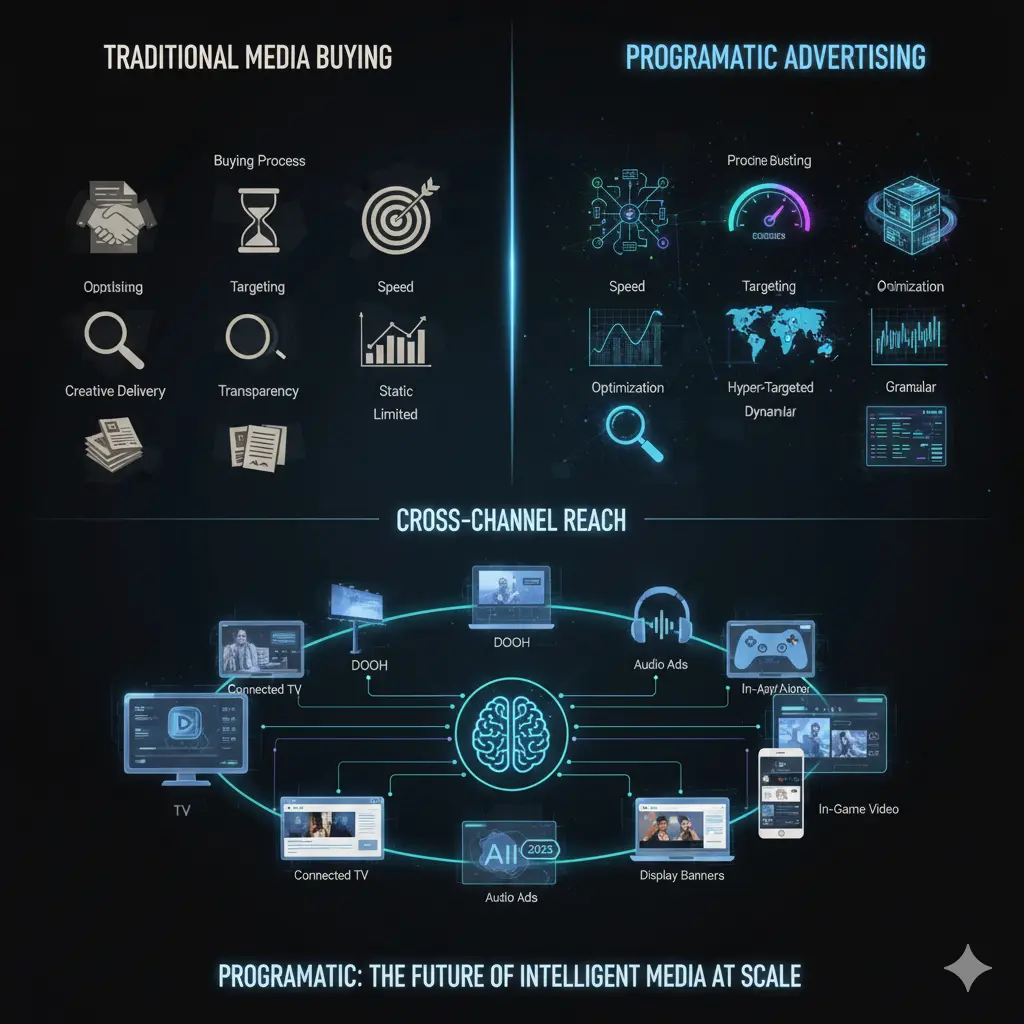
Best Use Cases for Programmatic in 2025
If you’re wondering whether programmatic is “for you”—let’s get specific.
1. D2C Brands Scaling Beyond Meta and Google
Platforms like Meta are saturated and increasingly expensive. Programmatic offers:
- Access to premium publishers (Times of India, Vogue, ESPN)
- Targeting via device graphs and geo signals
- Inventory across CTV, native, and display for mid-funnel expansion
“We reduced CAC by 24% and opened new ROAS-positive segments via programmatic.” – Wellness brand founder
2. Healthcare and Clinics
For healthcare providers (like those we work with at The Brisk), programmatic ensures:
- HIPAA/GDPR-compliant targeting
- Geo-fencing to attract local patients
- High-quality native placements (vs. cheap spammy banners)
- Video storytelling across OTT and YouTube alternatives
3. Ecommerce Retargeting with First-Party Data
With Shopify, WooCommerce, or Magento integrations, you can:
- Create abandoned cart segments
- Trigger offers based on on-site behavior
- Match creatives with product feed inventory in real time
🧩 DSPs we recommend: Google DV360, The Trade Desk, StackAdapt, Amazon DSP
4. Connected TV Campaigns for Mass + Smart Reach
Programmatic CTV is the future of video:
- Precise targeting at the household level
- Sequential storytelling across devices
- Unskippable placements during premium content
Cost per completed view (CPCV) is often 30–50% lower than traditional YouTube campaigns when done right.
5. Brand Launches or Pan-India Rollouts
Use location-based DOOH + mobile cross-device syncing to:
- Drive footfall to stores or clinics
- Sync TV, CTV, and display messaging
- Measure brand lift and reach in real time
“We geo-triggered video ads across DOOH and mobile for our clinic openings—within a 3 km radius. Bookings increased 4x.”
What’s Changing in 2025? What You Need to Prepare For
| 2024 Norm | 2025 Evolution |
| Cookie-based targeting | Contextual + 1st party sync |
| CPM/CTR metrics | ROAS, attention scores |
| Manual creative swap | DCO & feed-based assets |
| Only display ads | CTV, native, DOOH, in-game |
| Fraud-prone buys | AI fraud detection layers |
| Disconnected reports | Cross-platform attribution via CDPs |
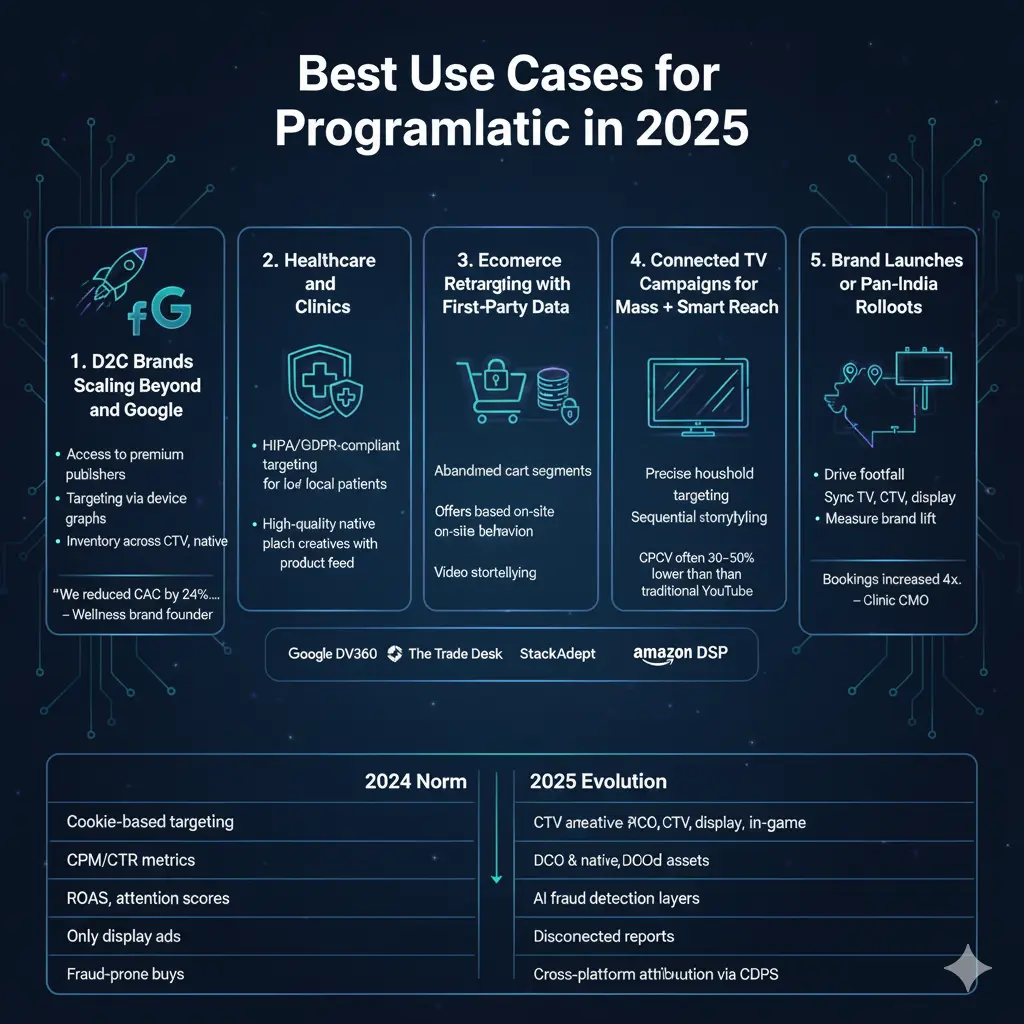
How to Get Started with Programmatic in 2025
Step 1: Choose the Right DSP (Demand Side Platform)
Look for:
- Inventory access (CTV, DOOH, native)
- Brand safety features
- Integrations with your CRM/CDP
Step 2: Sync First-Party Data
- Upload hashed emails or phone numbers
- Use CDP platforms (Segment, mParticle, Salesforce) to create audiences
- Integrate Shopify or lead-gen APIs
Step 3: Build a Funnel-First Campaign Structure
- TOFU: Native articles, CTV ads
- MOFU: Display + video retargeting
- BOFU: High-intent display, carousel DCO ads
Step 4: Add Creative Automation Layer
Use platforms like Bannerflow, Celtra, or Smartly.io to scale creatives dynamically.
Step 5: Weekly Optimization Loop
- Pause placements with high CPM but low engagement
- Scale geos/segments with high ROAS
- Rotate creatives based on performance (set thresholds)
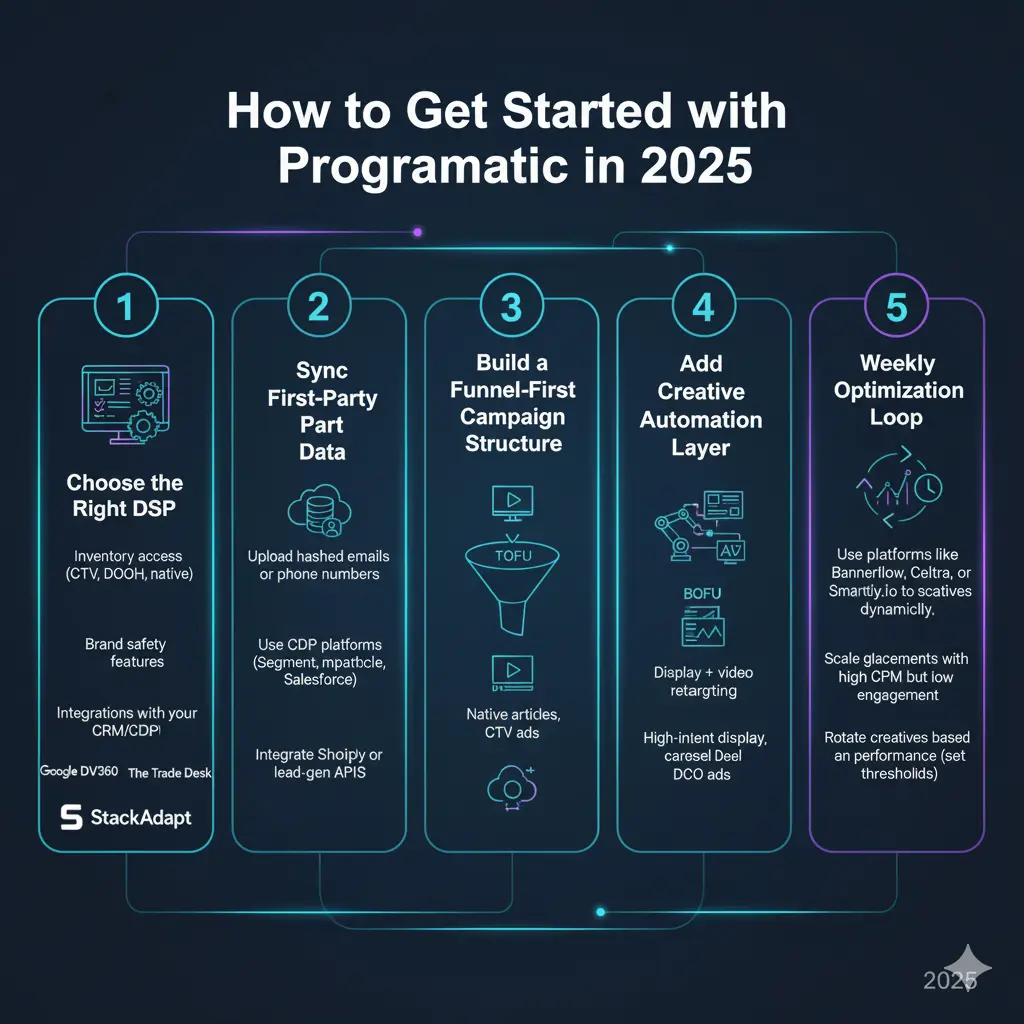
Final Thoughts: Programmatic Isn’t Just a Tactic—It’s a Mindset
In 2025, media buying is no longer about where to place ads, but about how intelligently you serve them to the right person at the right moment.
Programmatic is:
- Your data engine
- Your creative multiplier
- Your performance driver
- Your protection against platform overdependence
If you’re still doing media manually, you’re not slow—you’re invisible.
Want The Brisk to Design Your Full-Funnel Programmatic Strategy?
From DSP selection to creative automation, and from onboarding your data to tracking true business outcomes—not vanity metrics—our team builds intelligent, scalable campaigns that convert.
📩 [Schedule a Programmatic Strategy Session →]
Enjoyed this breakdown?
Explore more Platform Insights under our Thought Leadership series. Each article is designed to turn marketing complexity into clarity—and give you the edge before your competitors catch up.
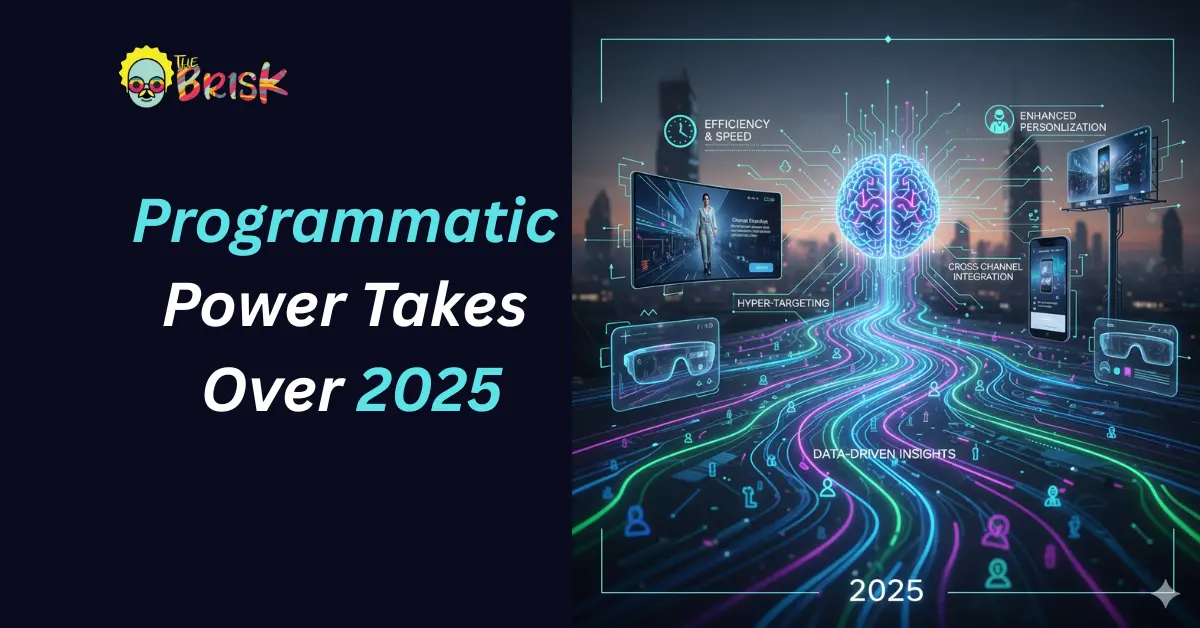
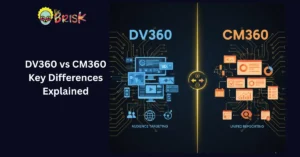
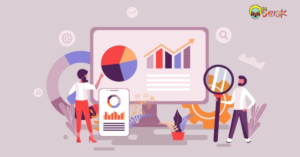
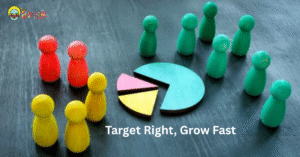
No Comments